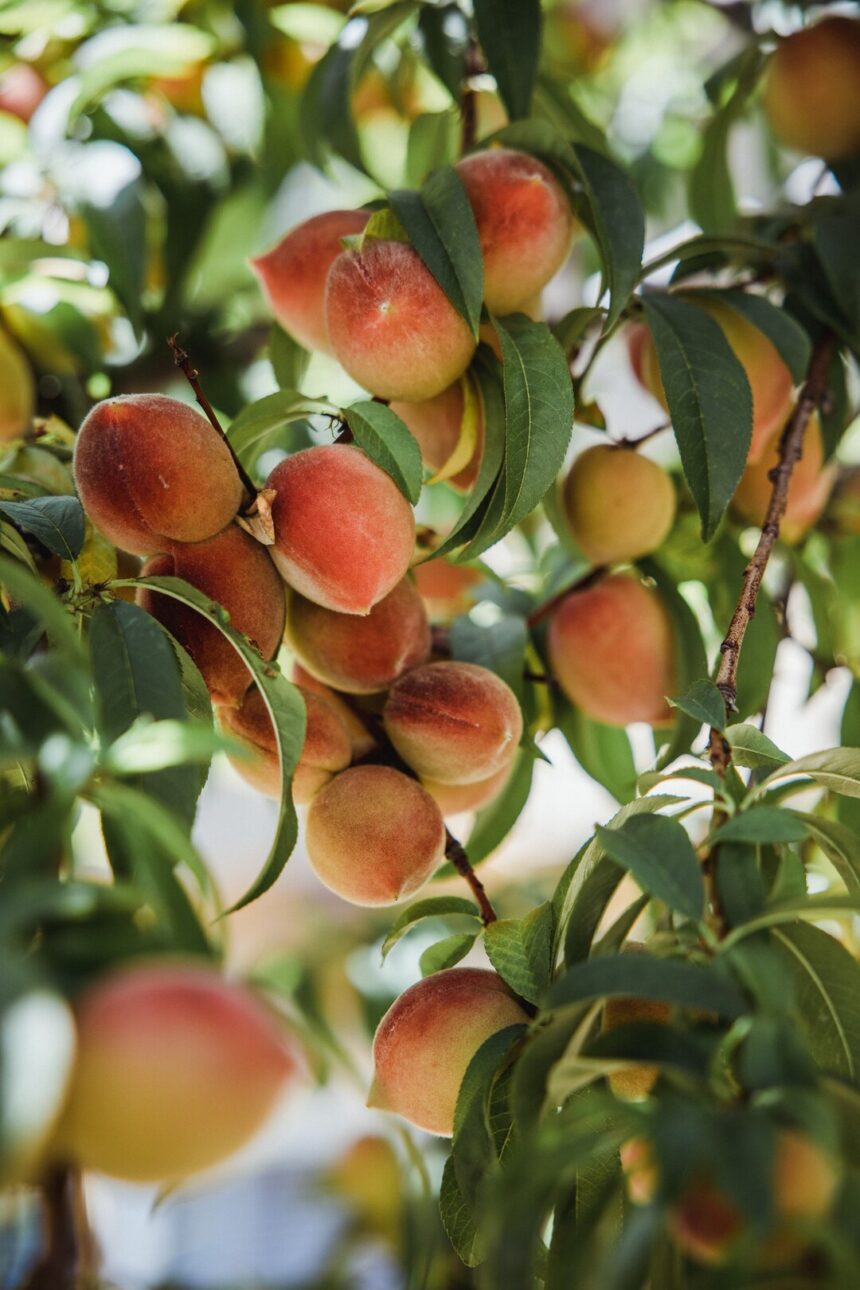Peach farming plays a significant role in South Africa’s agricultural landscape, contributing to both local consumption and export markets. With its favorable climate and fertile soils, South Africa provides ideal conditions for peach cultivation. However, to ensure optimal quality and yield, peach farmers must employ various techniques and strategies throughout the growing season. Here are some effective techniques for enhancing the quality and yield of peaches in South Africa:
1. Variety Selection:
- Choosing the right peach varieties is crucial for achieving high-quality fruit and maximizing yield. Consider factors such as climate suitability, disease resistance, and market demand when selecting peach varieties for cultivation.
- Popular peach varieties grown in South Africa include Oom Sarel, Suncrest, Flordastar, and June Gold, each with its own unique flavor profile and growing characteristics.
2. Soil Preparation and Management:
- Proper soil preparation is essential for healthy peach tree growth and fruit development. Conduct soil tests to assess nutrient levels and pH, and amend the soil as needed to provide optimal conditions for peach trees.
- Implement good soil management practices such as mulching, cover cropping, and organic matter incorporation to improve soil structure, fertility, and water retention.
3. Irrigation Management:
- Adequate and efficient irrigation is critical for peach tree health and fruit production, especially during periods of drought or water stress. Implement a well-designed irrigation system that delivers water evenly and efficiently to the root zone.
- Consider using drip irrigation or micro-sprinklers to minimize water wastage and ensure targeted water delivery to the root zone, reducing the risk of disease and waterlogging.
4. Pruning and Training:
- Proper pruning and training techniques are essential for maintaining the health and productivity of peach trees. Prune trees annually to remove dead, diseased, or overcrowded branches and shape the canopy for optimal light penetration and air circulation.
- Train peach trees to a suitable canopy shape, such as an open center or modified central leader, to promote balanced growth and facilitate fruit production.
5. Pest and Disease Management:
- Implement integrated pest management (IPM) strategies to control pests and diseases effectively while minimizing the use of synthetic pesticides.
- Monitor peach orchards regularly for signs of pests and diseases, and take timely action to prevent outbreaks. Utilize cultural practices, biological controls, and eco-friendly pesticides to manage pest and disease pressure sustainably.
6. Thinning and Fruit Management:
- Thinning is a crucial practice for regulating fruit load and promoting fruit size, quality, and color development. Thin peach trees during the growing season to remove excess fruit and achieve optimal spacing between fruits.
- Implement fruit thinning techniques such as hand-thinning or chemical thinning to ensure a balance between fruit quantity and quality, resulting in larger, juicier peaches with better flavor.
7. Harvesting and Post-Harvest Handling:
- Time harvests carefully to ensure that peaches are picked at the peak of ripeness for optimal flavor and quality.
- Handle harvested peaches with care to minimize bruising and damage, and store them under proper conditions to maintain freshness and extend shelf life.
By implementing these techniques and strategies, peach farmers in South Africa can enhance the quality and yield of their crops, ensuring a bountiful harvest of delicious and nutritious peaches for local and international markets. With careful attention to detail and a commitment to sustainable farming practices, South Africa’s peach industry can continue to thrive and contribute to the country’s agricultural prosperity.
Join 'Farmers Mag' WhatsApp Channel
Get the latest Farming news and tips delivered straight to your WhatsApp
CLICK HERE TO JOIN






